How can I control rabbits more efficiently? What skills and kit do I need? Dave Barham answers these and more with his 6 top tips for rabbit control!
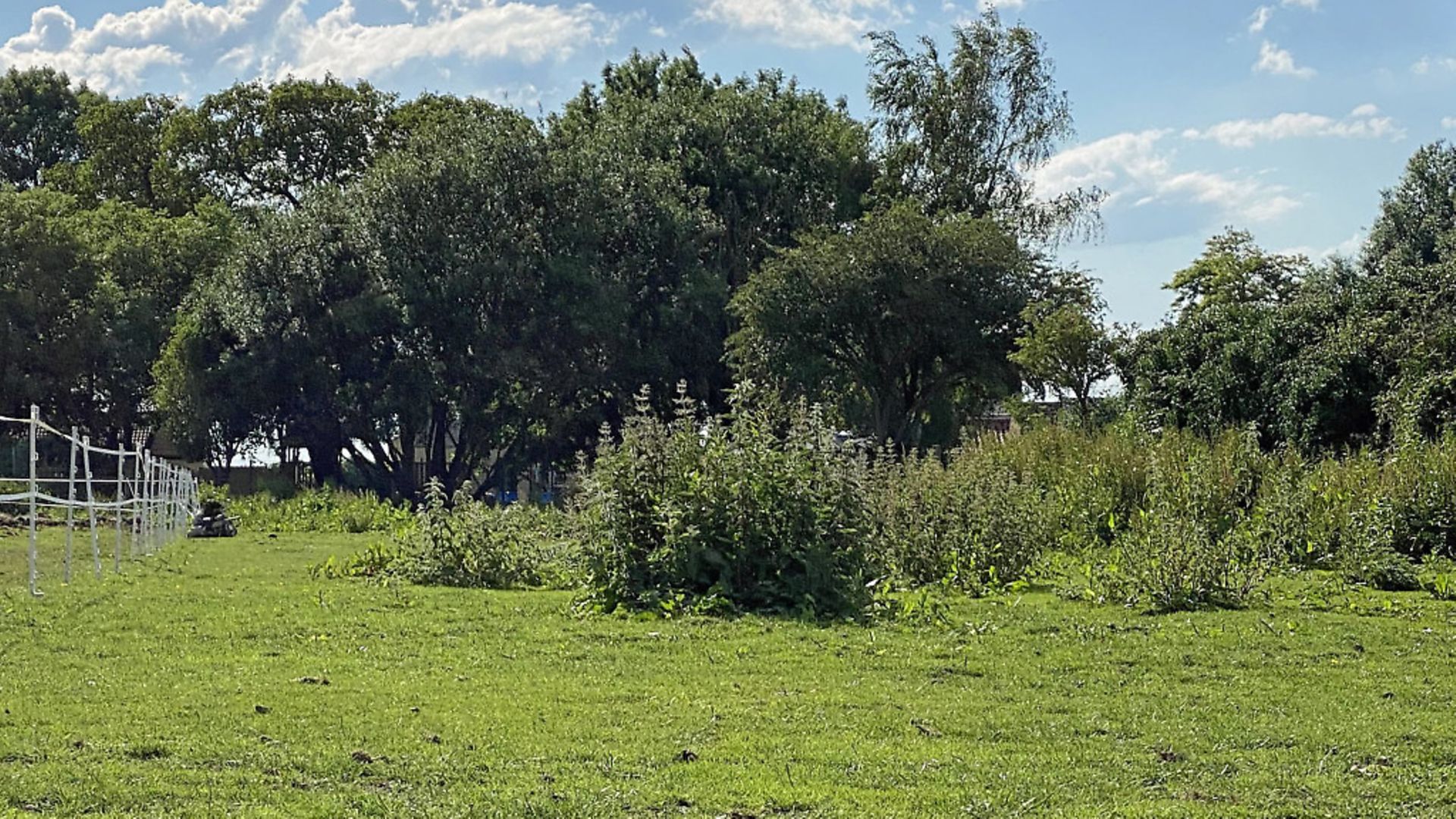 credit: Archant
credit: Archant
I’m very lucky here in Lincolnshire because I have huge colonies of rabbits on some of the perms that I shoot. Not only do they need constant controlling, but it’s also a readily available supply of fresh, free range meat for my family (especially my mum, Rosie).
Here are my top six tips for putting more rabbits in the pot …
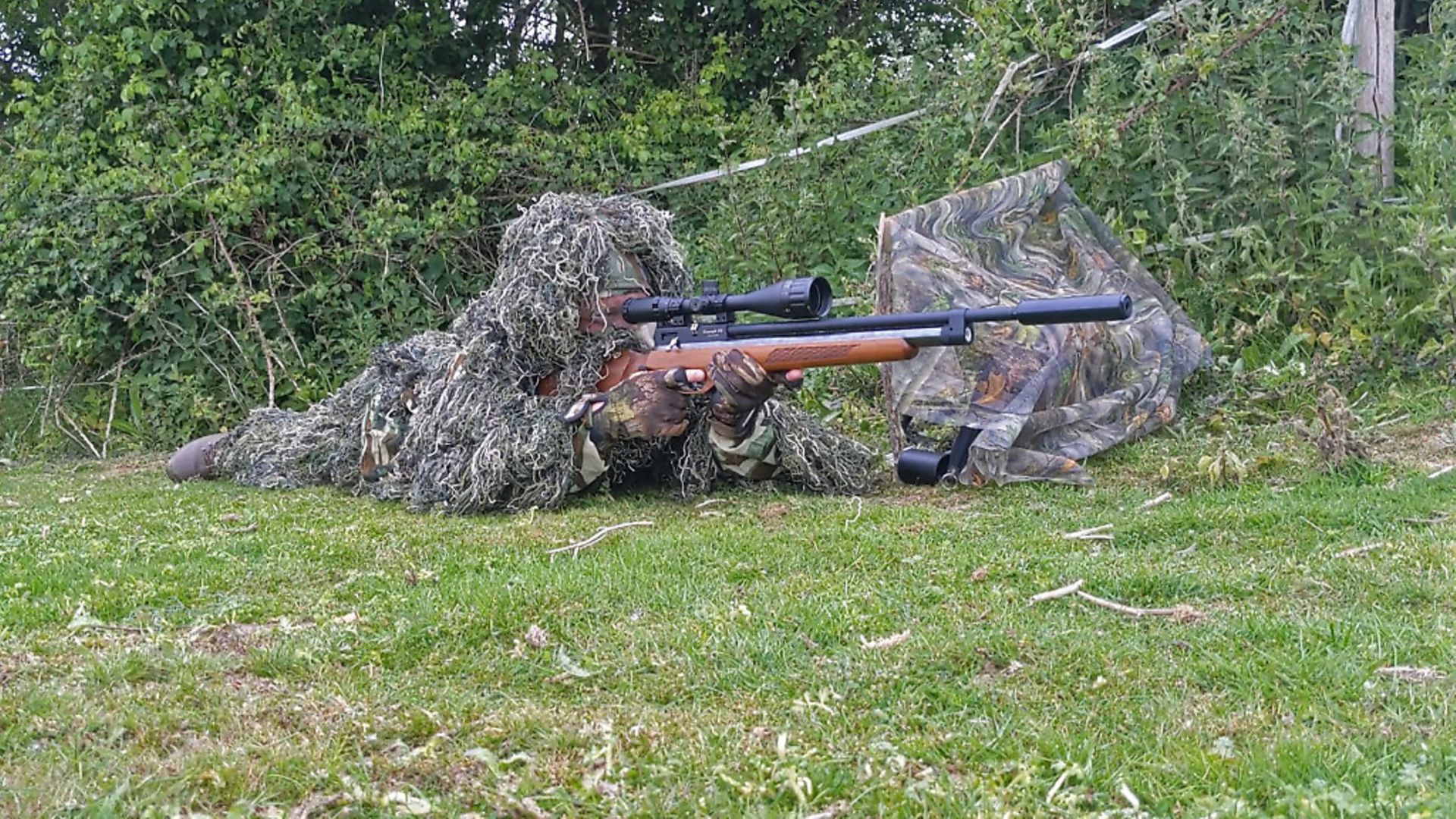 credit: Archant
credit: Archant
1 Use Natural Cover
Before I get started, let me make it absolutely clear that rabbits are not rocket scientists – in fact, they’re pretty darn stupid at times. On numerous occasions I’ve had them hop out from a hedge just a few feet away from my face, and in some cases they’ve come close enough for me to grab them! I put this down to stealth and camouflage, but I’ll come to that in a bit, for now, I want to talk about using the natural cover around you.
As you can see from the photo, the field in question is full of patches of tall grass and small bushes. Now, whilst this might limit the number of shot you rattle off during a hunt, the foliage provides excellent cover for both you and the rabbits. I’ve found that on tricky shoots, where you only ever seem to see and shoot the smaller rabbits, hunting in a field with this amount of natural cover makes the bigger rabbits more confident to come out and feed.
Try to look for areas where the rabbits are emerging from their burrows with some form of natural barrier between where you position yourself and the warren.
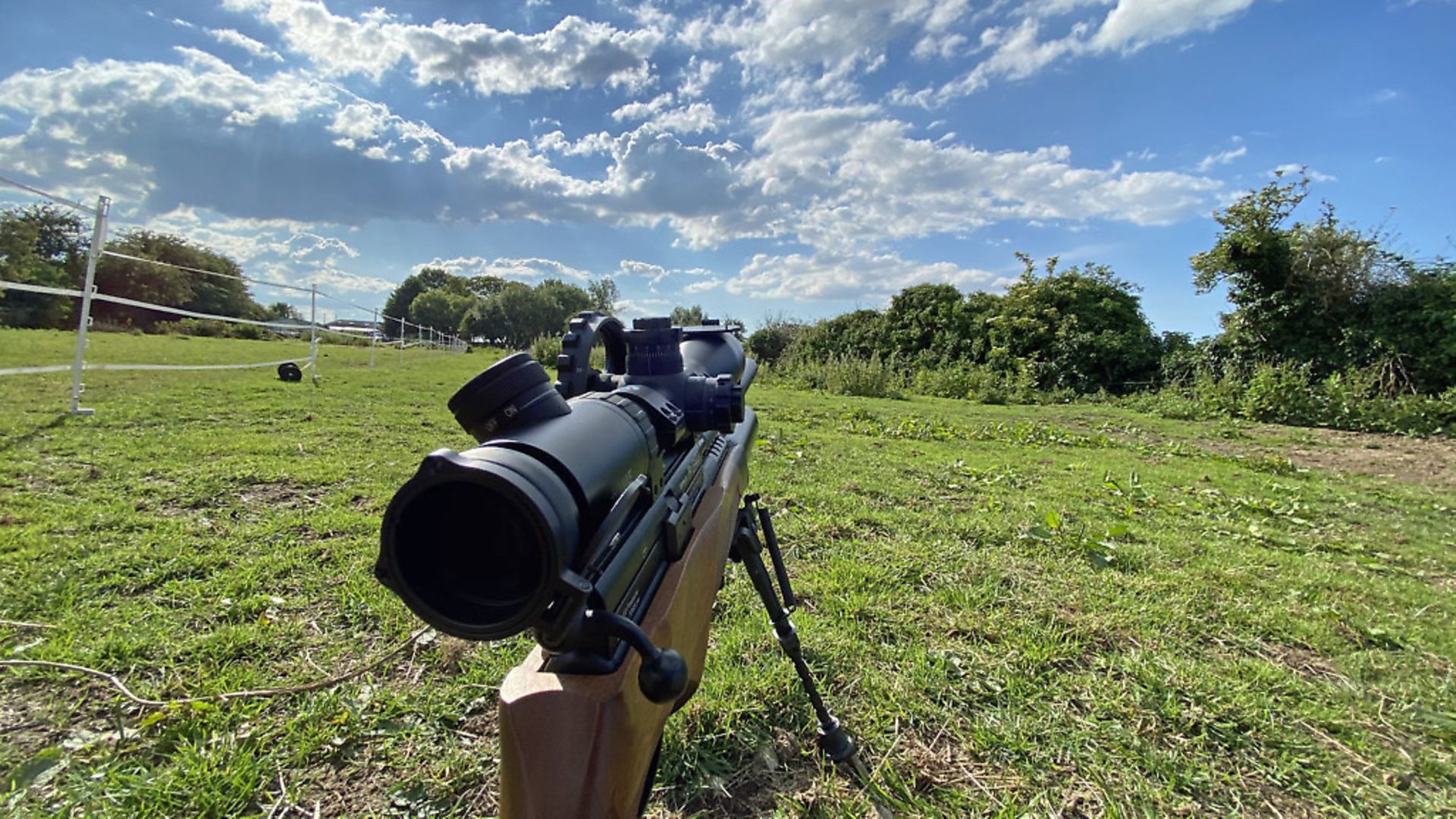 credit: Archant
credit: Archant
2 Use Unnatural Cover
Having said that natural cover is excellent when shooting rabbits, there are plenty of occasions when said cover simply isn’t available, like in freshly mown fields. In these situations I try to set up a small barrier by means of a short length of netting propped up on a couple of sturdy twigs. When it comes to camouflage, something is always better than nothing – although I have spent numerous successful hours lying in the middle of a bare field just wearing full camo kit.
It’s not so much your outline or shape that the rabbits can see, it’s your movement – even opening your mouth or slowly moving your hand to scratch your nose can be enough to send a wary rabbit back down its burrow.
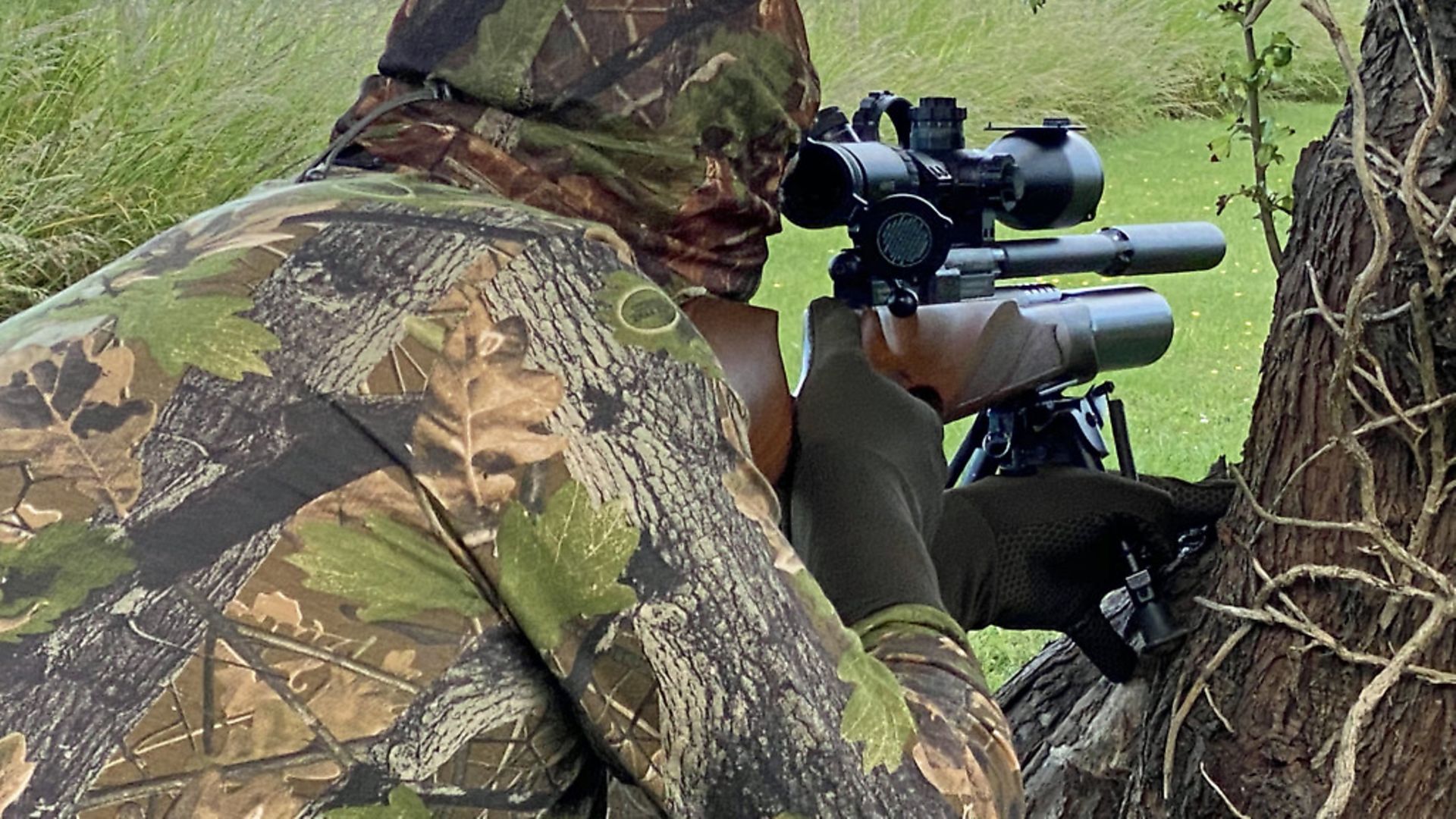 credit: Archant
credit: Archant
3 Know Your Perm
This really should be number one on the list. I can’t stress enough how important it is to visit your perm at least once before you intend shooting it, even if it is an hour’s drive away!
Learning where the rabbits live, where they enter and exit the numerous burrows, and just what you’re dealing with is essential, not only to be successful, but to be safe, too. One of my perms is a working livery, and as such I need to know where I can position myself to shoot safely without fear of a pellet going astray and into a paddock with a horse in it.
There are numerous factors you have to consider, but one of the most important is wind direction. Never set up with the wind blowing over your shoulder. Although rabbits have pretty average eyesight, they have a seriously good sense of smell. Always try to set up with the wind blowing in your face, or at the very least from each side of your forward-facing position. The wind alone should dictate where you set up, and from which direction you are shooting – hence why it’s vital to know where the rabbits are likely to emerge, and what’s going on beyond your line of sight.
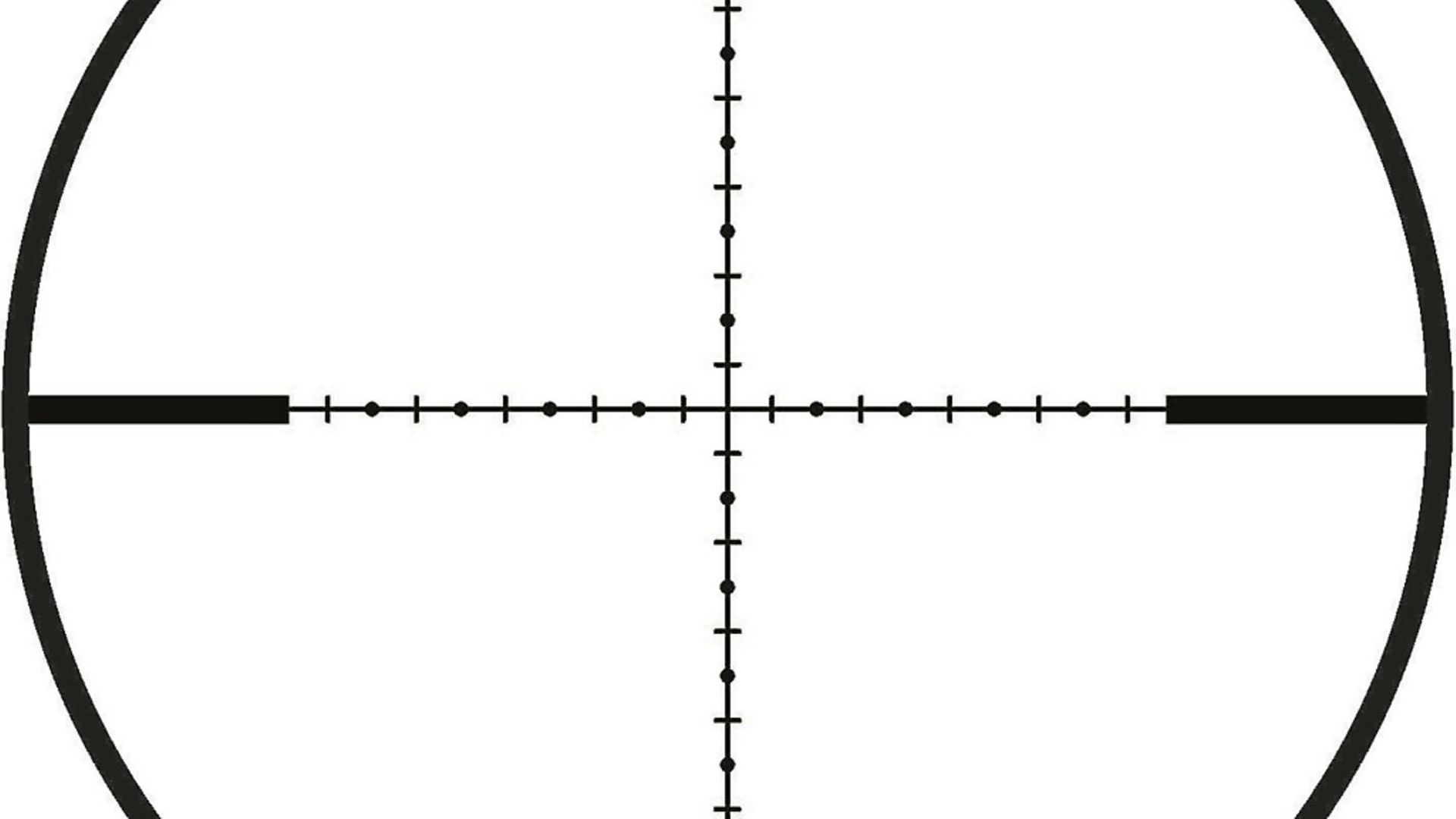 credit: Archant
credit: Archant
4 Camo And Stealth
As I’ve already mentioned, it’s more about movement than your outline, but wearing a full complement of camo certainly does help. During the summer months it can be torture wearing a heavy jacket etc, so I tend to opt for a lightweight, long-sleeved top with a mesh full-head shroud and of course, gloves. I’ve no problem lying in a field in the height of summer wearing this outfit, and if there’s a light breeze, then you can actually stay quite cool.
Once you’ve got your camo sorted, it’s important to utilise stealth. By this I mean creeping into your chosen shooting position and staying put for at least an hour. During this time you must remain as still as you possibly can, which really does take some doing and some serious discipline! I like to have my rifle cocked with the safety off, the butt pad resting on my shoulder. This means that when an opportunity does arise, I’m almost ready to go. Of course, lying there motionless for such a length of time can play havoc with your neck and chest muscles, so I often make a pillow to rest my chin on by putting one fist on top of the other on the ground – this really helps and is reasonably comfortable for up to 20 minutes.
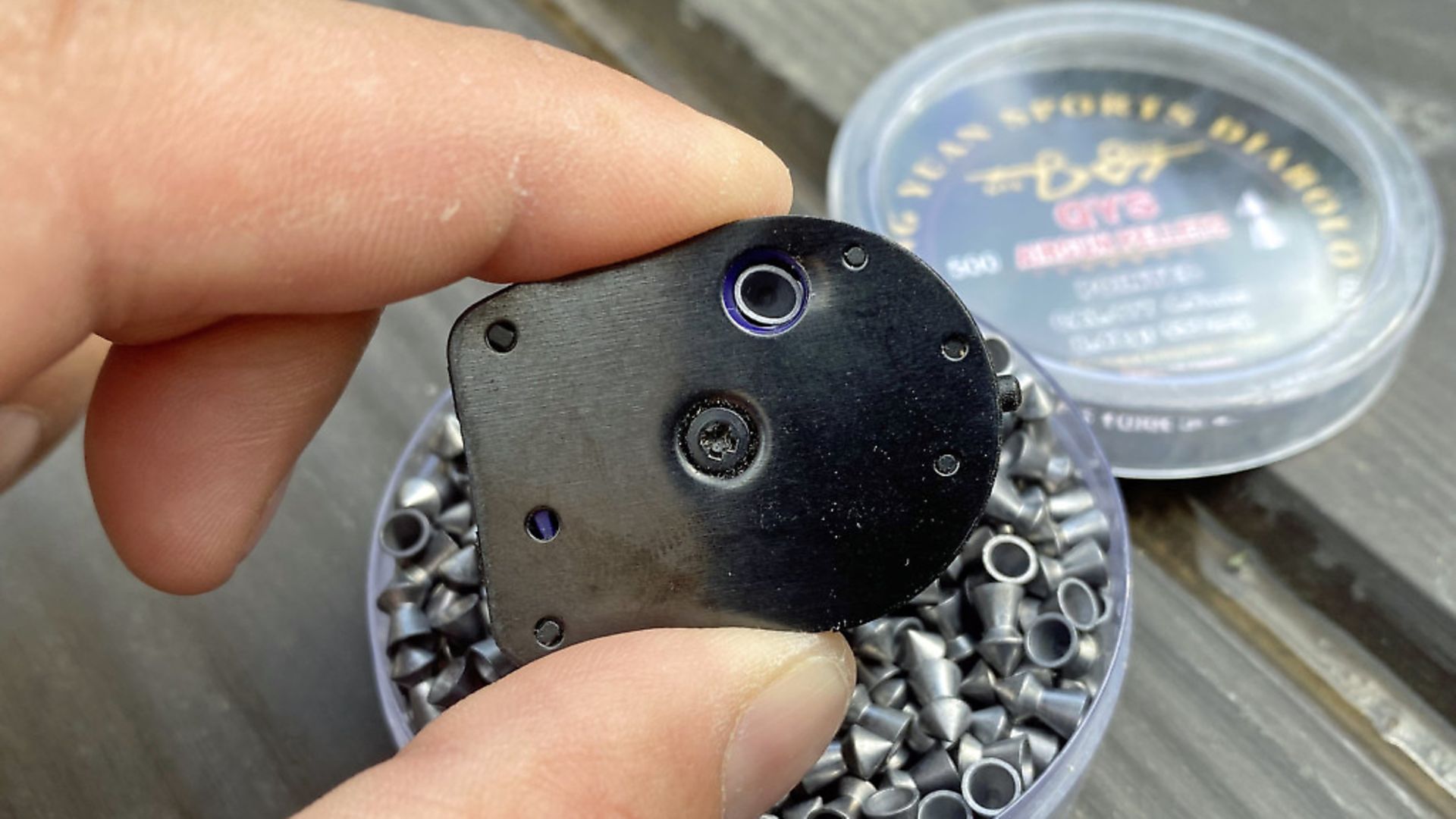 credit: Archant
credit: Archant
5 Learn Your Mil Dots
The very nature of hunting rabbits means that you won’t always be faced with shots at your 30-metre zero. There have been numerous occasions when I’ve actually zeroed my rifle to 25-metres, knowing where I am going to set up and the exact distance to the hedge where the rabbits usually emerge, only to be faced with a couple of shots at 14 metres and a last gasp effort at 35 metres. It’s vital that you hit the range and practise to know how much hold over or hold under you require at varying distances.
6 Pellet Perfect
It’s all too easy to arrive at your perm, see 30 rabbits in the field and hurriedly load your magazines in an attempt to get down there and start shooting. I prefer to load my mag’s at home, hand-picking each pellet so that I know it’s as perfect as it can be. I always load two mag’s, too. It’s rare to rattle off more than 10 shots during a hunt, but the one time it happens you’re likely to only have one mag’ with you! I’ve only encountered requiring a second mag’ twice in the past couple of years, but I was certainly glad I’d taken the spare along with me.
On the subject of pellets, find something that is accurate on the range at 30 metres, and stick with them! Don’t overthink the penetration and stopping power – a well-placed shot with a .177 domed pellet will knock any rabbit over at that distance.